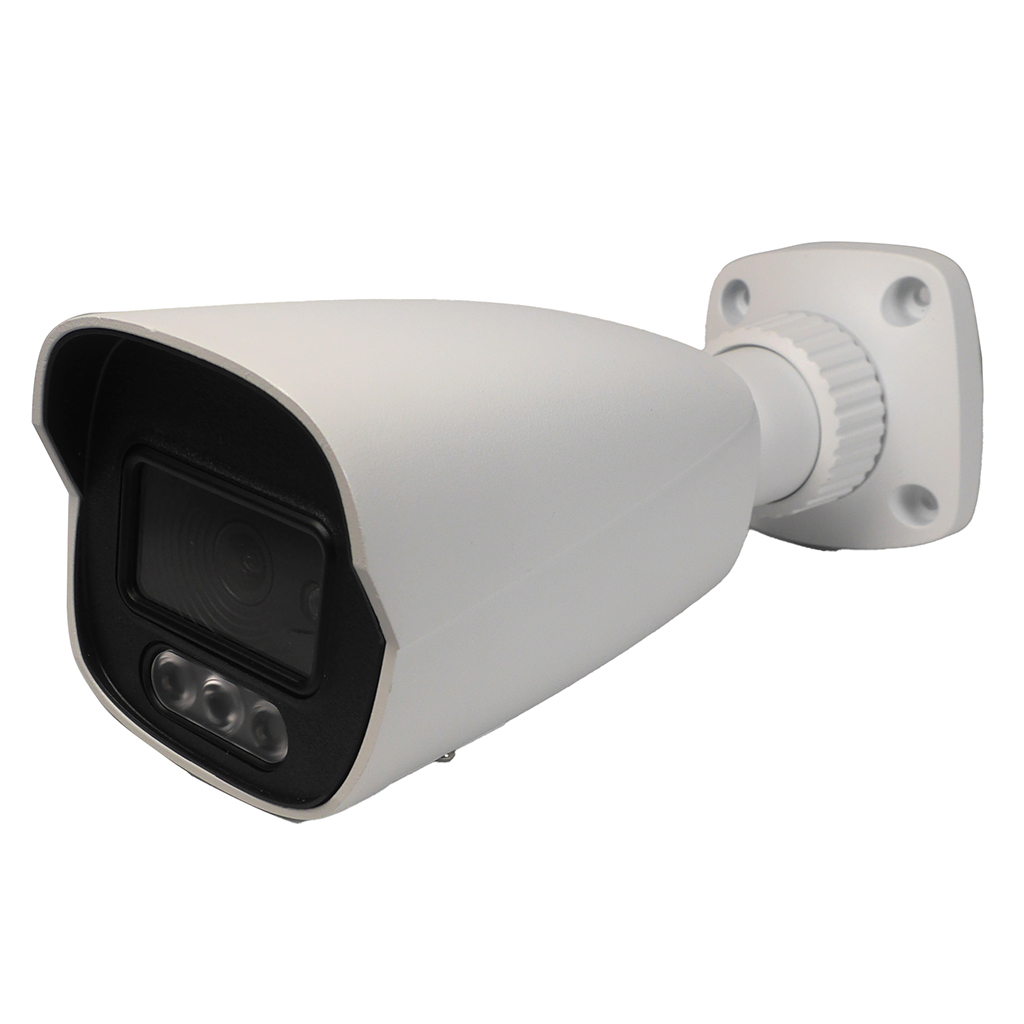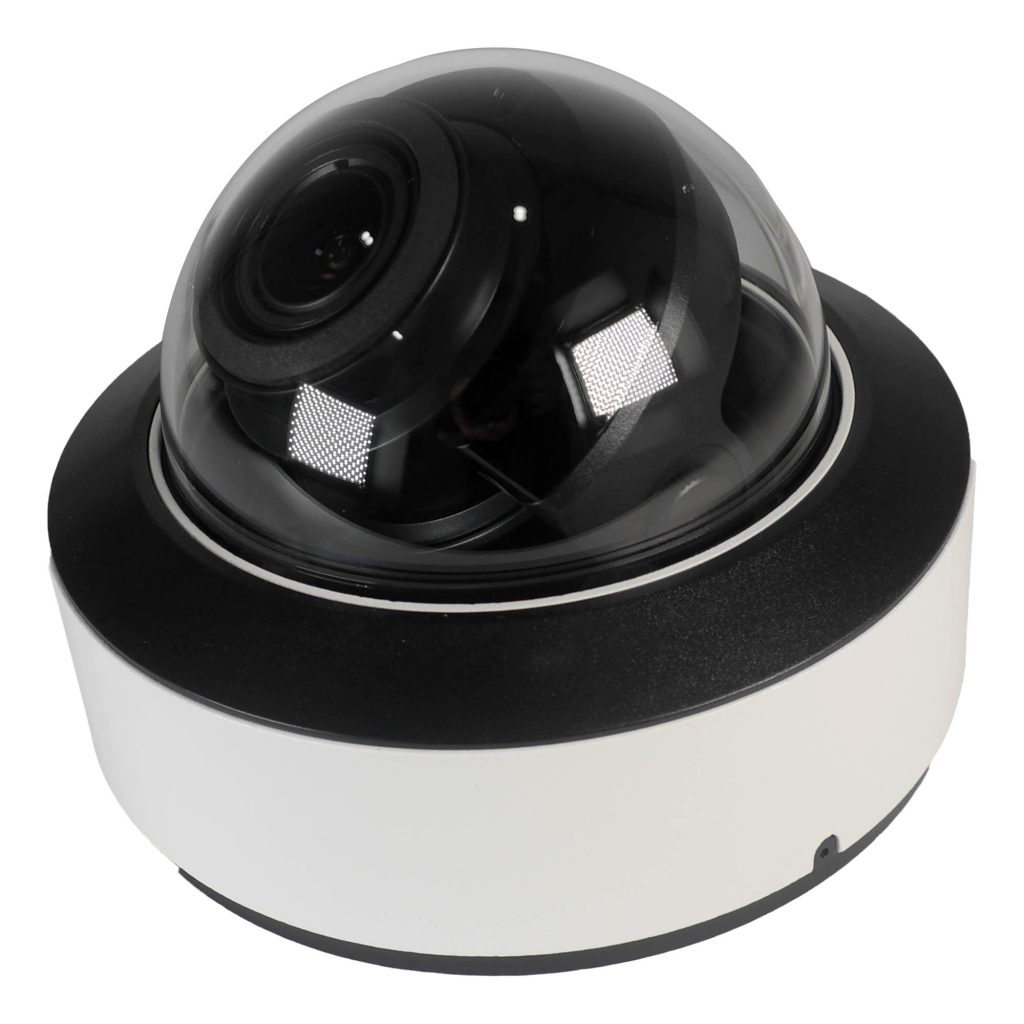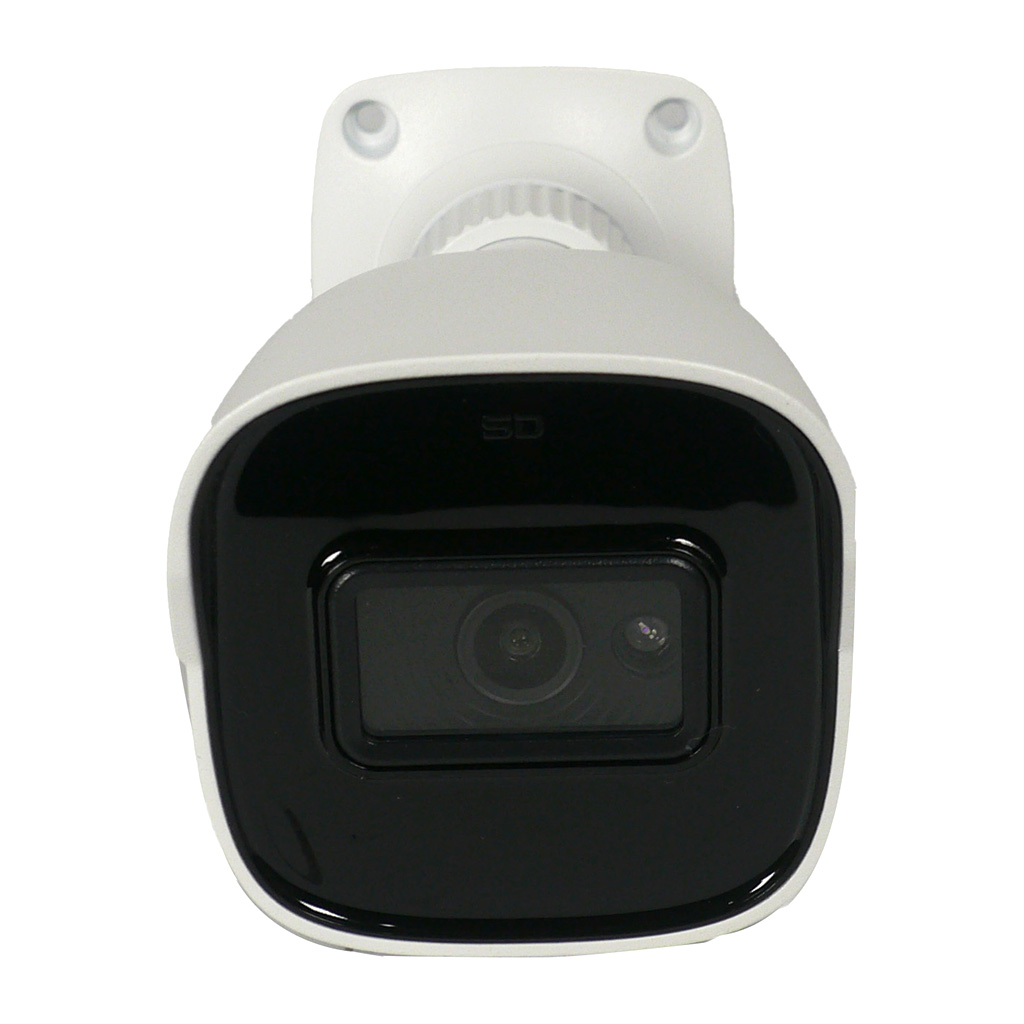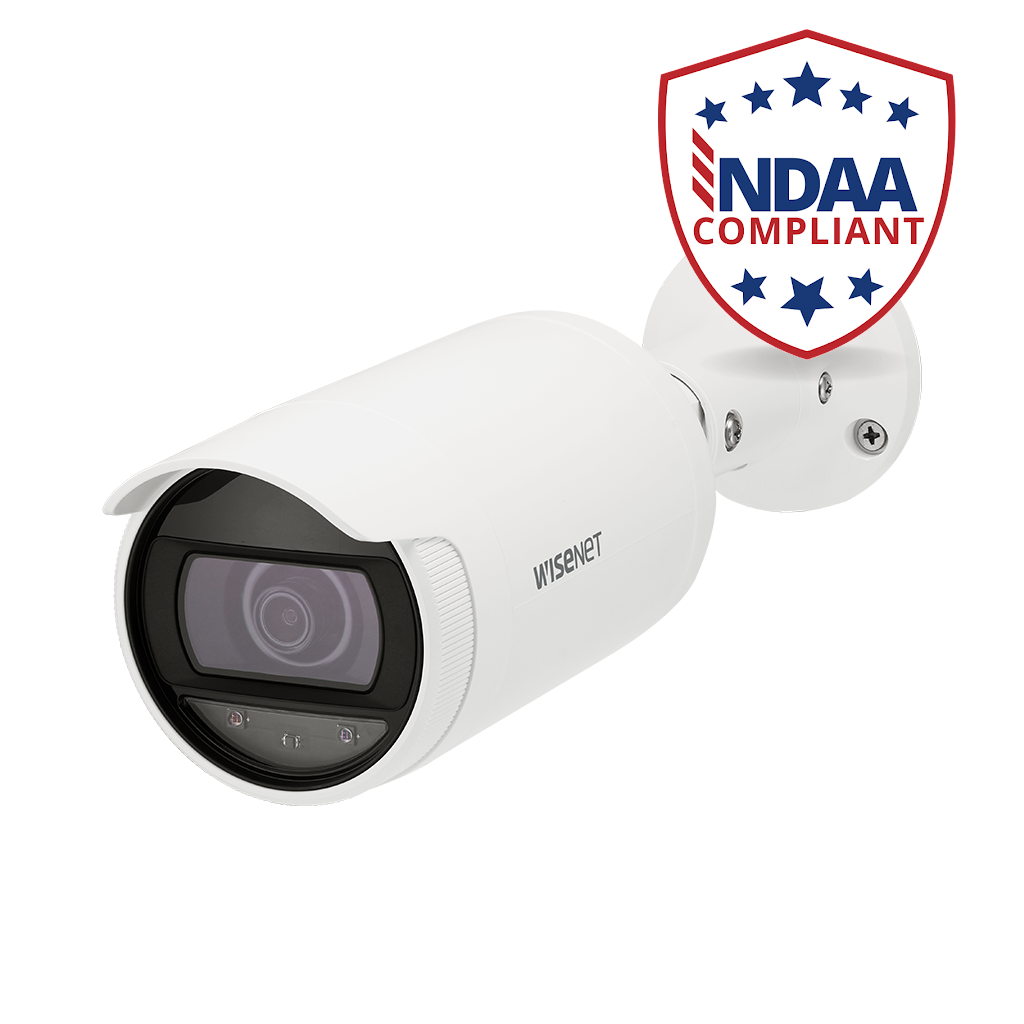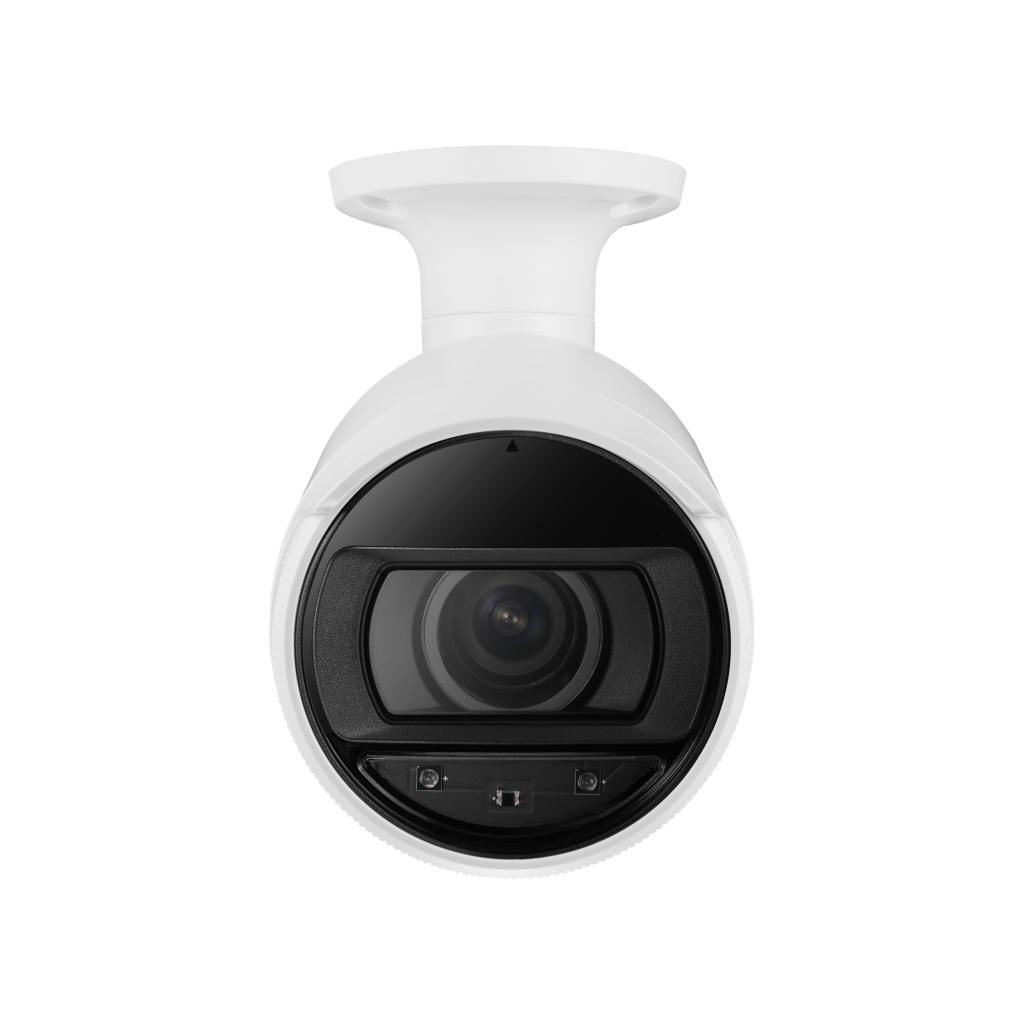Video signal Types Explained
Techvision USA is the number one wholesale dealer of CCTV equipment, and we wanted to present a new article for you today titled: “Video signal Types Explained”.
As you may already know, coax cameras transmit data over an analog BNC cable back to their recorders- called Digital Video Recorders (DVRs). To do this they utilize one of the 4 most common Coax CCTV video signal types: CVBS, AHD, TVI, or CVI. However, it is not often that one has these Video signal Types Explained to them, and what each of them means. Today, we’re going to break these down for you and explain what each means, and what that means for you when installing COAX CCTV equipment.
Different cameras and DVRs from various manufacturers will have equally varying requirements for their signal types, always talk to a sales pro to guarantee compatibility with your existing hardware.
With that said, here are the Video signal Types Explained.
CVBS
CVBS is an acronym for composite video baseband signal. CVBS is the oldest still available signal type and is not digital at all but rather an analog signal. CVBS is still found on most cameras as a low-end option, for troubleshooting or ensuring low-end connectivity. However, CVBS doesn’t support most modern resolutions or qualities and is obsolete in terms of being used regularly. Cameras today are rated in pixel resolutions, but for a time they were rated in TV lines. CVBS was commonly used with 480 TVL image quality, comparable to 480i/p standard definition resolution today.
AHD
Analog High Definition, or AHD, was created in the early 2010’s to compete with IP technology’s ability to do HD resolutions. AHD supported analog signals only at first, for high definition resolution standards such as 1, and 2 megapixels (aka 720p and 1080p). However, AHD can now transmit a digital signal as well for those same resolutions, and for resolotuins higher than 1080p
What are the video signal types? III – TVI and CVI
TVI – Transport Video Interface
CVI – Composite Video Interface
These are both incredibly powerful Digital signals transmitted over a BNC cable capable of pulling off 8 Megapixel resolution- aka 4k. TVI is a universal standard, whereas CVI is proprietary to our E-series recorders and cameras, making it the best solution when using these technologies.
Both of these technologies are available on the vast majority of our E Series cameras, so it’s important that before you buy, you always check with one of our sales pros to ensure compatibility between your DVR and any prospective camera purchases. Remember not all of these technologies play nice together, you’ll want to be 100% sure what you purchase is going to work, and work the way you want!
Thanks for joining us today as we broke down the various signal types. for more information on these, or any other product availability or compatibility questions, give our sales pros a call at 561-288-5258, and until next time- stay safe!
For more info on these or any other products check out the links below- or call us to talk to a sales Pro at- 561-288-1541
Related: Working with a Camera Supply Security Store

